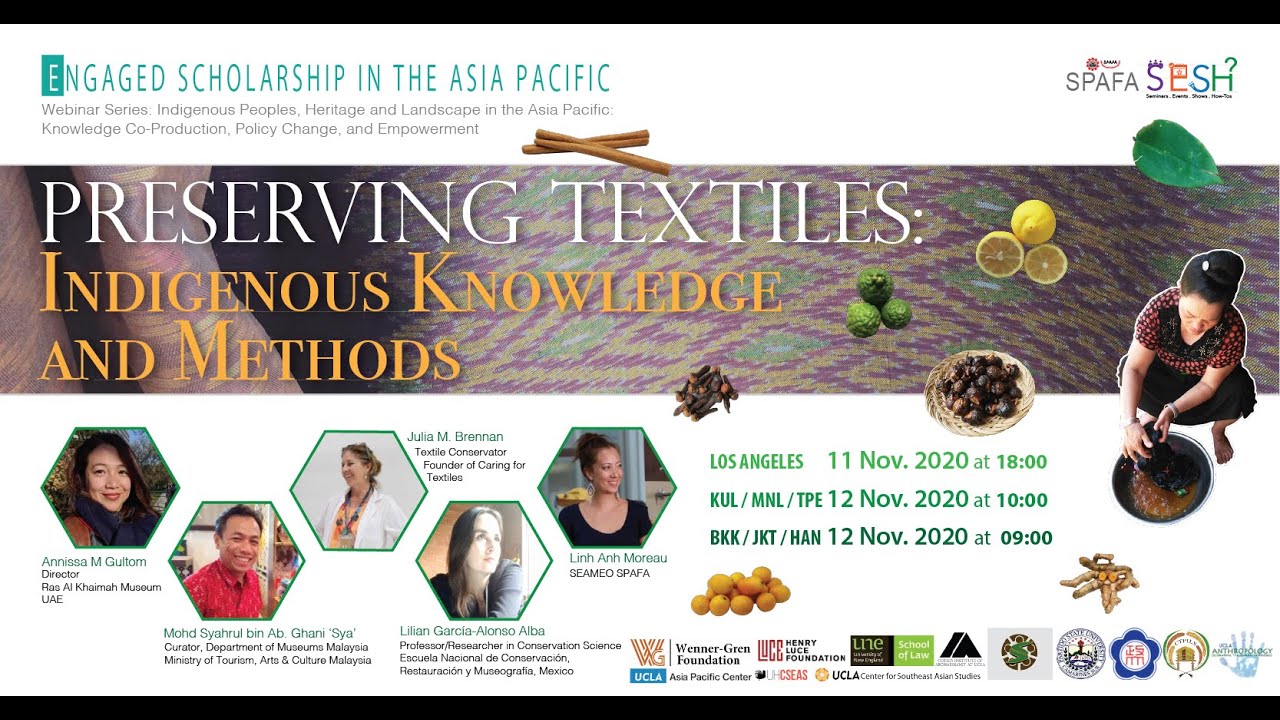Imagine a world where ancient traditions are not forgotten, but instead blended with modern innovation. In indigenous communities all over the globe, this vision is becoming a reality as traditional weaving techniques intertwine with the versatility of hemp. From colorful tapestries to intricate clothing designs, the fusion of these two elements is not only preserving indigenous heritage, but also creating a sustainable future that honors the past. In this article, we will explore the fascinating journey of traditional weaving techniques and their seamless integration with the world of hemp, a union that is bringing together communities and generations in a beautiful tapestry of culture and sustainability.
Preserving Indigenous Heritage: The Fusion of Traditional Weaving Techniques and Hemp
As the world becomes more interconnected, preserving indigenous heritage and cultural traditions has become increasingly important. One area where this preservation is taking place is in the fusion of traditional weaving techniques and hemp. Indigenous communities around the world have a rich history of weaving, and by incorporating hemp, a sustainable material, they are able to not only continue their cultural practices but also embrace environmentally friendly alternatives. This article will delve into the background of indigenous weaving traditions, introduce hemp as a sustainable material, explore the collaboration between traditional weaving techniques and hemp, showcase case studies of indigenous weavers using hemp, discuss the challenges and opportunities in preserving cultural identity, and examine the rise of indigenous hemp-infused textiles in the sustainable fashion industry.
Background of Indigenous Weaving Traditions
The Rich Cultural History of Indigenous Weaving
Indigenous weaving traditions have deep roots that span generations and are steeped in cultural significance. Weaving is not just a means of creating textiles; it is a form of storytelling, a way to pass on historical knowledge, and a means of expressing cultural identity. From the intricate patterns of Mayan textiles to the symbolic designs of Navajo rugs, indigenous weaving techniques have evolved over centuries and continue to be an integral part of indigenous communities all over the world.
Significance of Weaving in Indigenous Communities
Weaving holds great significance in indigenous communities, serving as a way to connect with their ancestors, celebrate their cultural heritage, and create a sense of community. Many indigenous societies view weaving as a spiritual practice, with the act of creating textiles being seen as a sacred ritual. Through weaving, indigenous individuals are able to express their identity, showcase their craftsmanship, and provide economic opportunities for themselves and their communities.
Traditional Weaving Techniques Passed Down Through Generations
Traditional weaving techniques have been passed down through generations, ensuring the preservation and continuation of indigenous knowledge and skills. Indigenous weavers learn from their elders, with the mastery of techniques often taking years of practice. From the spinning of fibers to the intricate processes of dyeing and pattern creation, these techniques represent a connection to history and tradition.

This image is property of www.bria.com.ph.
Introduction to Hemp as a Sustainable Material
Understanding the Characteristics of Hemp
Hemp is a versatile and sustainable material that has been used for centuries for various purposes, including textiles. It is obtained from the Cannabis sativa plant and is known for its strong fibers, durability, and breathability. Hemp is also naturally resistant to pests and requires minimal water and pesticides to grow, making it an environmentally friendly alternative to many conventional textile materials.
Environmental Benefits of Hemp Cultivation and Production
Hemp cultivation and production have numerous environmental benefits. Unlike cotton, which requires significant amounts of water and is often cultivated using pesticides, hemp can be grown with minimal water and pesticides. Additionally, hemp plants absorb carbon dioxide from the atmosphere, acting as a carbon sink and helping to mitigate climate change. The production of hemp textiles also requires less energy compared to other materials, further reducing its carbon footprint.
Emerging Interest in Hemp as a Sustainable Alternative
In recent years, there has been a growing interest in hemp as a sustainable alternative in various industries, including fashion and textiles. As consumers become more conscious of the environmental impact of their purchasing choices, there is a demand for sustainable and ethically produced products. Hemp, with its diverse applications and eco-friendly properties, has emerged as a viable solution for those seeking sustainable textiles.
Exploring the Collaboration between Traditional Weaving Techniques and Hemp
Adaptation of Traditional Weaving Patterns for Hemp
To incorporate hemp into traditional weaving techniques, indigenous weavers have had to adapt their patterns and designs. While traditional materials such as cotton or wool may have different properties compared to hemp, indigenous weavers have found innovative ways to integrate hemp fibers into their creations while preserving the authenticity of their traditional patterns. This collaboration between tradition and sustainability allows weavers to maintain their cultural heritage without compromising on environmental consciousness.
Challenges and Innovations in Combining Hemp with Traditional Techniques
Combining hemp with traditional weaving techniques presents its own set of challenges and requires innovation. Hemp fibers can be coarser compared to other materials, which might affect the texture and finished appearance of the woven textiles. However, through experimentation and refinement, indigenous weavers have developed techniques to soften and refine hemp fibers, ensuring the quality and comfort of their creations. These ongoing innovations demonstrate the adaptability and resilience of indigenous weavers in embracing sustainable practices while upholding their weaving traditions.
Benefits of Incorporating Hemp into Indigenous Weaving Practices
Incorporating hemp into indigenous weaving practices offers a range of benefits. Firstly, it provides an environmentally friendly alternative to conventional materials, reducing the reliance on resource-intensive processes. Secondly, hemp cultivation and weaving can create economic opportunities within indigenous communities, allowing for self-sufficiency and empowerment. Lastly, the fusion of traditional techniques and hemp opens doors for cross-cultural collaborations and the promotion of indigenous heritage on a global scale.
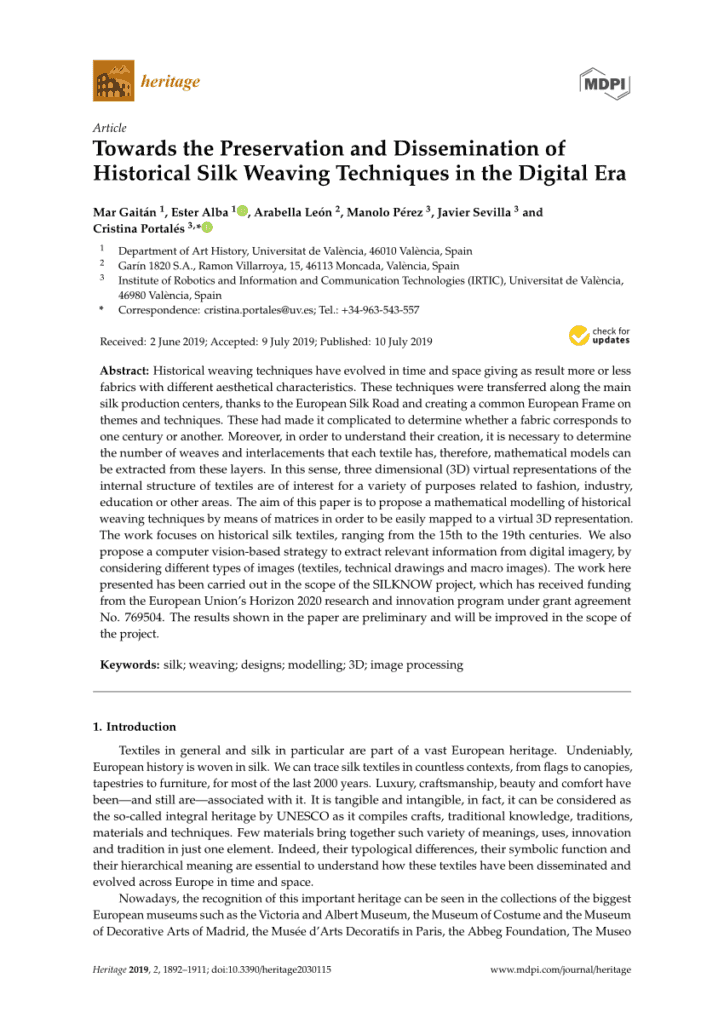
This image is property of i1.rgstatic.net.
Revitalizing Indigenous Weaving through Hemp: Case Studies
Case Study 1: Indigenous Weavers in [Region] Embrace Hemp
In the [Region], indigenous weavers have embraced hemp as a way to revitalize traditional weaving practices. By incorporating hemp fibers into their textiles, they have expanded their market reach and attracted a new generation of consumers interested in sustainable and ethically produced products. Through collaborations with local organizations, these indigenous weavers have gained access to training and resources to enhance their skills and ensure the quality of their hemp-infused textiles. This case study exemplifies how the fusion of traditional techniques and hemp can create opportunities for cultural revitalization and economic growth.
Case Study 2: Preserving Cultural Heritage through Hemp-Infused Weaving
In another case study, a community of indigenous weavers in [Region] has found a unique way to preserve their cultural heritage through the use of hemp-infused weaving. By incorporating traditional patterns and techniques with hemp fibers, these weavers have been able to create textiles that both honor their traditions and appeal to contemporary consumers. This innovative approach has not only sustained their cultural identity but also created a niche market for their distinctive hemp-infused textiles, contributing to the preservation of their cultural heritage.
Case Study 3: Impact of Hemp Collaboration on Indigenous Weaving Communities
A third case study showcases the broader impact of hemp collaboration on indigenous weaving communities. In a region where traditional weaving techniques were at risk of being lost, the introduction of hemp has revived interest in the craft. Indigenous weavers, inspired by the sustainability and versatility of hemp, have seen a resurgence in their weaving practices. This revitalization has led to increased recognition and economic opportunities for these communities, allowing them to continue their cultural traditions and pass them on to future generations.
Preserving Cultural Identity: Challenges and Opportunities
Preservation of Indigenous Knowledge and Techniques
Preserving cultural identity is of utmost importance when incorporating hemp into traditional weaving techniques. Indigenous knowledge and techniques must be respected and passed on to future generations to ensure the authenticity and integrity of indigenous weaving practices. Efforts should be made to document and record traditional methods, as well as create platforms for knowledge sharing within indigenous communities.
Balancing Modernization and Traditions in Indigenous Weaving
One challenge in preserving cultural identity lies in striking a balance between modernization and traditions. As indigenous communities adapt to a rapidly changing world, it is essential to find ways to incorporate sustainable materials and practices without compromising the unique cultural aspects of traditional weaving. By combining modern innovations with ancient techniques, indigenous weavers can create textiles that are relevant to contemporary markets while maintaining their cultural integrity.
Potential Economic Opportunities for Indigenous Weavers
The fusion of traditional weaving techniques and hemp presents significant economic opportunities for indigenous weavers. By incorporating sustainable materials, indigenous communities can tap into the growing market demand for eco-friendly and ethically produced textiles. This not only provides income for the weavers but also enhances the economic resilience of their communities. Through entrepreneurship and collaboration, indigenous weavers can establish themselves as leaders in the sustainable fashion industry, creating a positive impact on both cultural preservation and economic development.
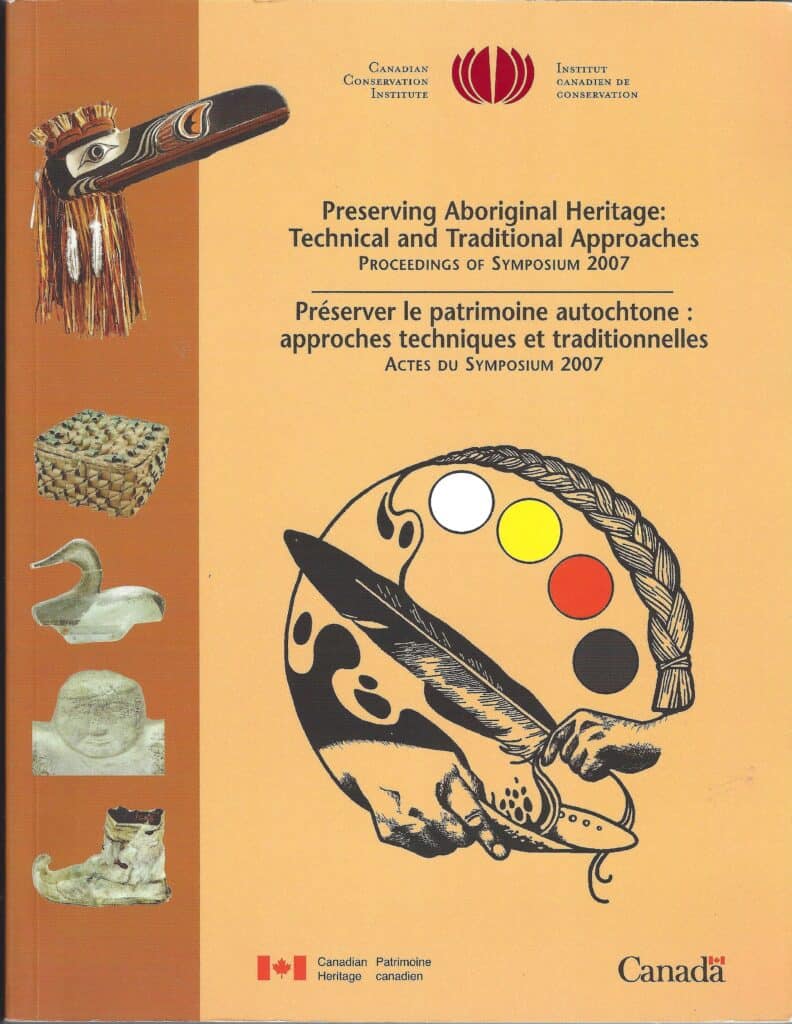
This image is property of pictures.abebooks.com.
Sustainable Fashion: The Rise of Indigenous Hemp-Infused Textiles
Exploring the Market Demand for Sustainable and Ethical Fashion
In recent years, there has been a significant shift in consumer behavior, with a growing demand for sustainable and ethical fashion. Consumers are increasingly aware of the environmental and social impact of their purchases and are actively seeking out products that align with their values. Indigenous hemp-infused textiles offer a unique value proposition, combining the rich cultural heritage of indigenous weaving traditions with the sustainability and versatility of hemp. This has created a niche market within the sustainable fashion industry, catering to conscious consumers who value craftsmanship and cultural authenticity.
Role of Indigenous Weavers in the Fashion Industry
Indigenous weavers play a vital role in the sustainable fashion industry, bringing their unique perspectives, craftsmanship, and cultural heritage to the table. Their weaving techniques, passed down through generations, offer a level of artistry and skill that is difficult to replicate. By collaborating with indigenous weavers, fashion designers and brands not only gain access to authentic and sustainable textiles but also have the opportunity to support indigenous communities and promote cultural preservation.
Collaborations between Indigenous Artisans and Fashion Designers
Collaborations between indigenous artisans and fashion designers have become increasingly common, with both parties recognizing the value of cross-cultural exchange and mutual appreciation. These collaborations allow fashion designers to infuse their designs with the authenticity and cultural significance of indigenous weaving, while indigenous artisans gain access to new markets and opportunities for their traditional craft. These partnerships help bridge the gap between traditional and contemporary fashion, fostering a deeper understanding and respect for indigenous cultures.
Preservation Efforts: Organizations Supporting Indigenous Weaving with Hemp
Organization 1: Promoting Indigenous Weaving and Hemp Collaboration
There are several organizations dedicated to promoting indigenous weaving and supporting collaborations with hemp. These organizations provide training, resources, and market access to indigenous weavers, ensuring the preservation of cultural traditions while embracing sustainable alternatives. By fostering partnerships between indigenous communities and the wider industry, they facilitate cultural exchange and create pathways for economic empowerment and cultural preservation.
Organization 2: Supporting Indigenous Weavers through Training and Resources
Another organization focuses on supporting indigenous weavers by providing training and resources specific to weaving with hemp. These organizations understand the unique challenges and opportunities faced by indigenous communities and work closely with weavers to enhance their skills, introduce innovative techniques, and ensure the quality of their hemp-infused textiles. Through workshops, mentorship programs, and access to modern equipment, these organizations empower indigenous weavers to incorporate hemp into their traditional practices successfully.
Organization 3: Advocacy for Sustainable Fashion and Cultural Preservation
Advocacy organizations play a crucial role in raising awareness about the importance of sustainable fashion and cultural preservation. These organizations advocate for policies that support indigenous weavers, promote sustainable materials like hemp, and create platforms for cultural exchange and collaboration. By highlighting the interconnection between sustainability, cultural preservation, and fashion, these organizations contribute to a more inclusive and conscious industry.
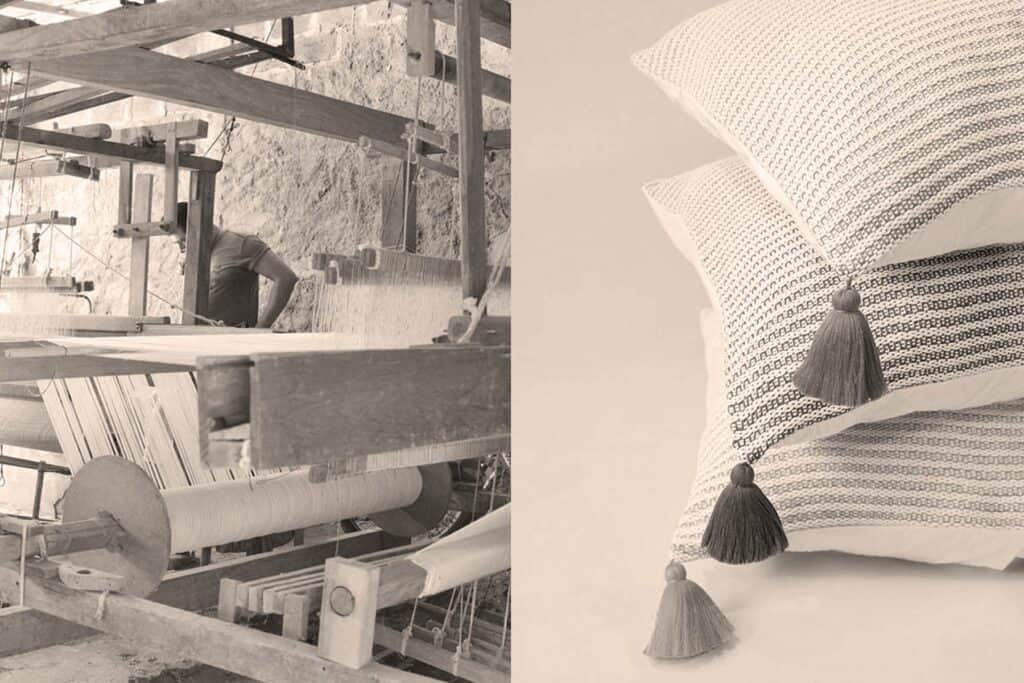
This image is property of cdn.shopify.com.
The Future of Indigenous Weaving with Hemp
Potential Expansion of Hemp-Infused Textiles
The future of indigenous weaving with hemp holds significant potential for expansion. As the popularity of sustainable and ethically produced textiles continues to rise, there will be increased demand for hemp-infused textiles created by indigenous weavers. With ongoing innovation and refinement of techniques, the capacity of indigenous weavers to incorporate hemp into their traditional practices will expand, allowing for the creation of unique and high-quality products that resonate with a wider audience.
Innovation and Experimentation in Indigenous Weaving Techniques
Innovation and experimentation will play a crucial role in the future of indigenous weaving with hemp. Indigenous weavers will continue to refine their techniques, exploring new ways to soften hemp fibers, incorporate natural dyes, and create intricate patterns. This continuous evolution of weaving practices will ensure that indigenous textiles remain relevant in the ever-changing fashion landscape while retaining the core values and cultural identity embedded in their craftsmanship.
The Intersection of Tradition, Sustainability, and Artistry
The future of indigenous weaving with hemp lies at the intersection of tradition, sustainability, and artistry. By embracing sustainable practices and materials, indigenous weavers can continue to honor their cultural heritage while addressing modern environmental concerns. This fusion of tradition and innovation creates a unique and powerful narrative, allowing indigenous weavers to showcase their artistry and contributions to the sustainable fashion movement.
Conclusion
The fusion of traditional weaving techniques and hemp provides a pathway for the preservation of indigenous heritage, the promotion of sustainability, and economic opportunities for indigenous weavers. Through collaborations and innovations, indigenous communities can continue to express their cultural identity and pass on their knowledge to future generations. The rise of indigenous hemp-infused textiles in the sustainable fashion industry highlights the interconnectedness between cultural preservation, sustainability, and artistry. As the world embraces sustainable practices and ethical fashion, the future of indigenous weaving with hemp holds great promise, fostering a more inclusive and conscious industry while honoring the rich traditions of indigenous communities.
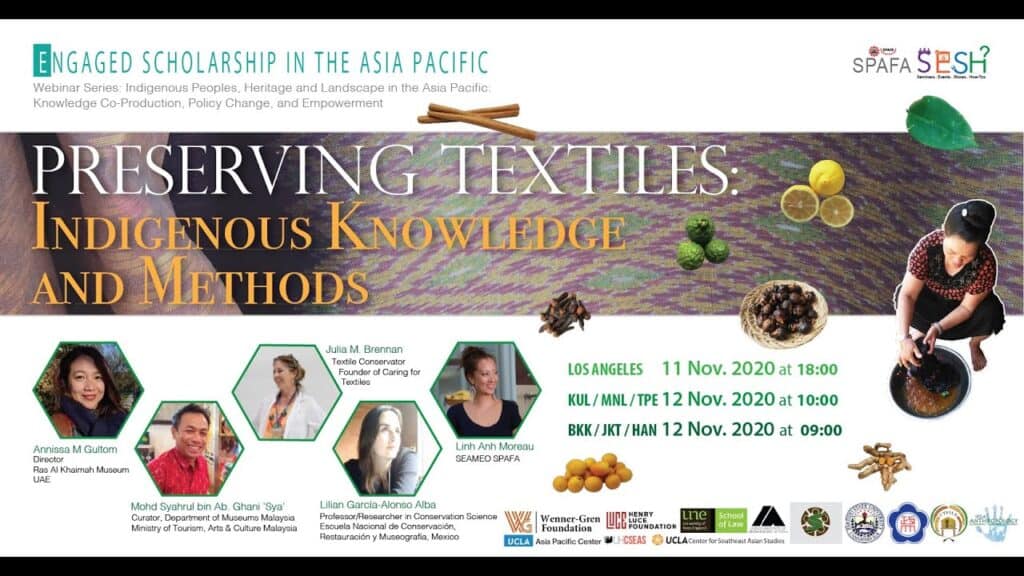
This image is property of i.ytimg.com.
Recent Posts
Discover how bubble hash is rated on a 1 to 6 scale. From texture and color to aroma and potency, learn the key factors that determine the quality of bubble hash. Whether you're a seasoned cannabis...
Looking to learn about the most popular style of hash? This article explores the different types, from traditional to bubble hash, and reveals the people's favorite. Join us on a journey through the...

